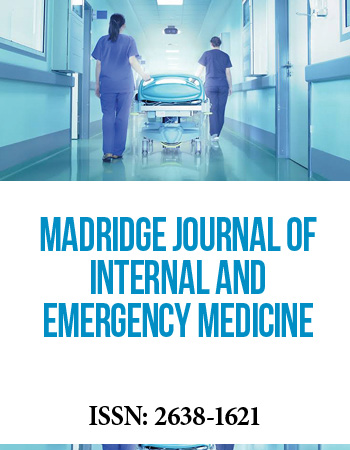International Translational and Regenerative Medicine Conference
April 25-27, 2018 | Rome, Italy
Frontiers of Induced Pluripotent Stem Cells: From Bench to Bedside
Center for Integrative Research on Cardiovascular Aging (CIRCA), Aurora Research Institute, USA
Stem cell biology has gained tremendous interest in regenerative medicine, offering the hope of new therapies for otherwise intractable disease. Regenerative medicine involves the repair and regeneration of tissues for therapeutic purposes, such as replacing bone marrow in leukemia, cartilage in osteoarthritis or cells of the heart after a heart attack. Today advances in basic and clinical research make tissue regeneration feasible. This course is tailored for researchers with an interest in learning about current biological induced pluripotent stem research in a highly interactive setting. It aims to equip early researchers with the fundamental and cutting edge knowledge and critical understanding necessary for research in stems cells and the implications of induced pluripotent stem cell (iPSC) research for medicine and society. Participants will learn through multiple interfaces such as lectures, discussions, small group activities, and feedback from other participants. Explain the advantages and disadvantages of iPSCs as compared to embryonic stem cells. Describe various methods for creating iPSCs, including transfection methods using plasmids, retroviruses, small molecules, and adenoviruses. Discuss the advantages and disadvantages of each. We will explore basic mechanisms of how iPSC differentiate into specific tissues in response to a variety of biologic signaling molecules. We will discuss the use of such factors for in vitro tissue production. For example, bone morphogenetic proteins can be used in vitro to drive the differentiation of adult stem cells towards bone and heart. Discuss various in-vitro approaches for production of beating heart cells. We will also discuss how studies of the developmental, cellular and molecular biology of regeneration have led to the discovery of new drugswith examples from cutting-edge research. Discuss the clinical uses of iPS cells. Describe issues that must be resolved before iPS cells can safely be used in human cell-based therapy.
Biography:
Dr. Joshi-Mukherjee developed “Heart-on-µGMEA-Chip Model for cardiomyopathy” using cutting-edge technology namely, induced pluripotent stem cells and multielectrode array. The model reliably predicts cardiac cell death or altered electrophysiology phenotypes such as prolongation of action potential duration and early after depolarizations (EADs). She presented the research at Gordon Research Conference on Cardiac Arrhythmia and Mechanisms at Ventura, CA, United States, in 2017. During postdoctoral fellowship at Johns Hopkins University Dr. Joshi-Mukherjee received T32 fellowship for developing human induced pluripotent stem cell (hiPSC) lines from patient harboring sodium channel mutations associated with long QT 3 syndrome to investigate the mechanisms contributing to arrhythmia.


